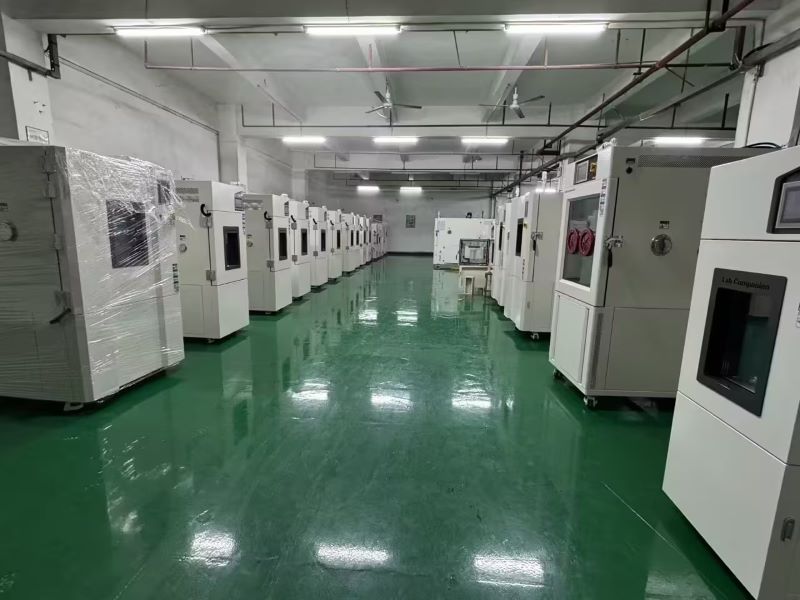The Measuring Principle of Hygrometer in High and Low Temperature Test Chamber
Temperature and humidity is the percentage of the amount of water vapor (vapor pressure) contained in a gas (usually air) and the amount of saturated water vapor (saturated vapor pressure) in the same case as the air, expressed in RH%. Humidity long ago had a close relationship with life, but it was difficult to quantify it. The expression of humidity is humidity, relative humidity, dew point, ratio of moisture to dry gas (weight or volume), and so on.
Humidity measurement method hygrograph humidity measurement from the principle of the division of twenty or thirty. But humidity measurement is always one of the difficult problems in the world measurement field. A seemingly simple quantity value, in depth, involves quite complex physico-chemical theoretical analysis and calculation, beginners may ignore many factors that must be paid attention to in humidity measurement, thus affecting the reasonable use of sensors.
Common humidity measurement methods are: dew point method, wet and dry bulb method and electronic sensor method, dynamic method (double pressure method, double temperature method, shunt method), static method (saturated salt method, sulfuric acid method)
1, Dew point method hygrograph: is to measure the temperature when the wet air reaches saturation, is a direct result of thermodynamics, high accuracy, wide measurement range. Precision dew point instrument for measurement can reach ±0.2°C or even higher accuracy. However, the cold mirror dew-point meter with modern optoelectric principle is expensive and often used with standard humidity generators.
2, Wet and dry bulb hygrometer: this is a wet measurement method invented in the 18th century. It has a long history and is widely used. Wet and dry bulb method is an indirect method, which converts the humidity value from the wet and dry bulb equation, and this equation is conditional: that is, the wind speed near the wet bulb must reach more than 2.5m/s. The common wet and dry bulb thermometer simplifies this condition, so its accuracy is only 5~7%RH, and the wet and dry bulb does not belong to the static method, do not simply think that improving the measurement accuracy of the two thermometers is equal to improving the measurement accuracy of the hygrometer.
3, Electronic humidity sensor method hygrometer: electronic humidity sensor products and humidity measurement belong to the industry that rose in the 1990s in recent years, at home and abroad in the field of humidity sensor research and development has made great progress. Humidity sensors are developing rapidly from simple humidity sensors to integrated, intelligent, multi-parameter detection, creating favorable conditions for the development of a new generation of humidity measurement and control systems, and also raising humidity measurement technology to a new level.
4, Double pressure method, double temperature hygrometer: is based on the thermodynamic P, V, T balance principle, the balance time is longer, shunt method is based on the precise mixing of moisture and dry air. Due to the use of modern measurement and control means, these devices can be quite precise, but because of the complex equipment, expensive, time-consuming operation, mainly used as standard measurement, its measurement accuracy can reach ±2%RH or more.
5, Static method of saturated salt hygrometer: is a common method in humidity measurement, simple and easy. However, the saturated salt method has strict requirements for the balance of liquid and gas two phases, and high requirements for the stability of ambient temperature. It requires a long time to balance, and low humidity points require even longer. Especially when the humidity difference between the indoor and the bottle is large, it needs to be balanced for 6 to 8 hours each time it is opened.
